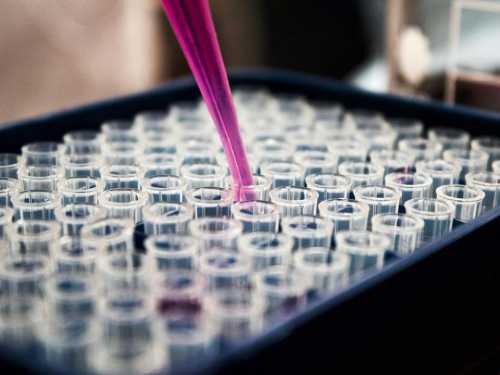
Imagine that every cell in your body has tiny factories that run according to perfect blueprints written in your DNA. But what happens if one of those blueprints turns out to be faulty? An international team of scientists recently found the answer, discovering a new, rare type of diabetes that affects newborns and strikes not only insulin production but also the brain. The study is published in the Journal of Clinical Investigation.
Chaos at the “cell factory”
The disease is caused by a defect in a gene called TMEM167A. This gene is like the master blueprint for the cell “factories” that produce insulin (called β-cells). When a child inherits a damaged copy of this gene from both parents, their cell factories become a mess.
The assembly lines that are supposed to assemble proteins start to fail. Debris builds up inside the cell, causing a huge overload—scientists call it “endoplasmic reticulum stress.” Faced with such chaos, the cell’s quality control system can’t handle it, and the cell activates a self-destruct program. As a result, the β-cells die, insulin production stops, and the child develops diabetes.
Double whammy: the problem isn't just diabetes
To investigate this process, scientists used cutting-edge technology. They transformed ordinary cells into universal stem cells, from which they then grew both pancreatic cells and brain cells—neurons—in the lab. Using the CRISPR “genetic scissors,” they recreated the same break in the TMEM167A gene.
The results were striking: it turned out that this gene is important not only for the production of insulin, but also for brain health. The same destructive process was taking place in neurons: chaos, stress and self-destruction. This explained why, in addition to diabetes, the sick children had severe neurological problems – developmental delay, seizures (epilepsy) and optic nerve atrophy. The disease turned out to be not just diabetes, but a complex syndrome that affects several body systems at once.
Why is this discovery important for everyone?
Studying such a rare disease is about much more than just helping a few patients. It has pointed scientists to a fundamental “weak spot” in the way our cells work. This “cellular stress” may also be a key factor in the more common forms of diabetes, which affect hundreds of millions of people.
Understanding this mechanism opens up new horizons for medicine. If we learn how to “calm down” this stress in cells or help them clean up their “garbage”, we may be able to create fundamentally new drugs. Thus, a tiny genetic defect that causes a rare disease could be the key to treating one of the most common diseases in the world.





